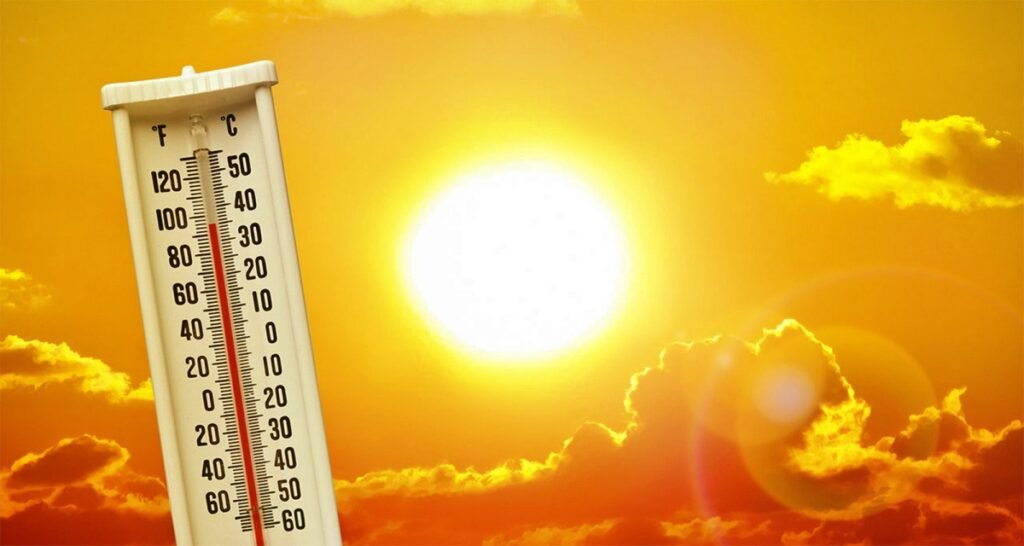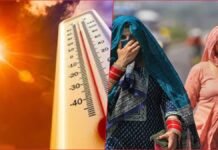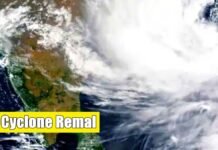
New Delhi: Residents across North-West and East India are advised to prepare for a challenging week ahead as the India Meteorological Department (IMD) forecasts a significant rise in temperatures. The region is set to experience an intense heatwave, with mercury levels expected to soar by an additional 2-3°C over the next five days.
The IMD’s latest advisory highlights the likelihood of oppressive heat conditions across a wide swath of the country, including Jammu and Kashmir, Himachal Pradesh, Uttarakhand, Punjab, Haryana, Delhi, Rajasthan, Madhya Pradesh, Jharkhand, Odisha, and the Gangetic plains of West Bengal. Climatologists attribute this surge to the El Niño effect—a warming of the central and eastern tropical Pacific Ocean—and a concerning rise in atmospheric greenhouse gas concentrations.
This impending heatwave follows a period of extreme temperatures that gripped the nation during April and May, causing widespread discomfort. While the North-Eastern states found some respite from the heat due to the heavy rains brought on by Cyclone Remal, the resultant flooding has led to significant disruptions in daily life. Conversely, the onset of the monsoon in South India has provided a welcome relief from the sweltering conditions.
El Niño’s impact extends beyond the Pacific, influencing global weather patterns. Urban centers, in particular, have felt the brunt of rising temperatures, exacerbated by rapid urbanization. The most affected are those who work outdoors and families with limited means, who are disproportionately impacted by the climbing heat index. In May, the heatwave set new temperature records nationwide, with mercury levels surpassing 50°C in parts of Rajasthan and nearing that mark in Delhi and Haryana, including traditionally cooler mountainous regions like Assam, Uttarakhand, Himachal Pradesh, and Arunachal Pradesh.

As India grapples with these extreme weather events, experts emphasize the urgent need for climate action and adaptation strategies to mitigate the effects of such severe temperature fluctuations on the population’s health and livelihoods.





















































